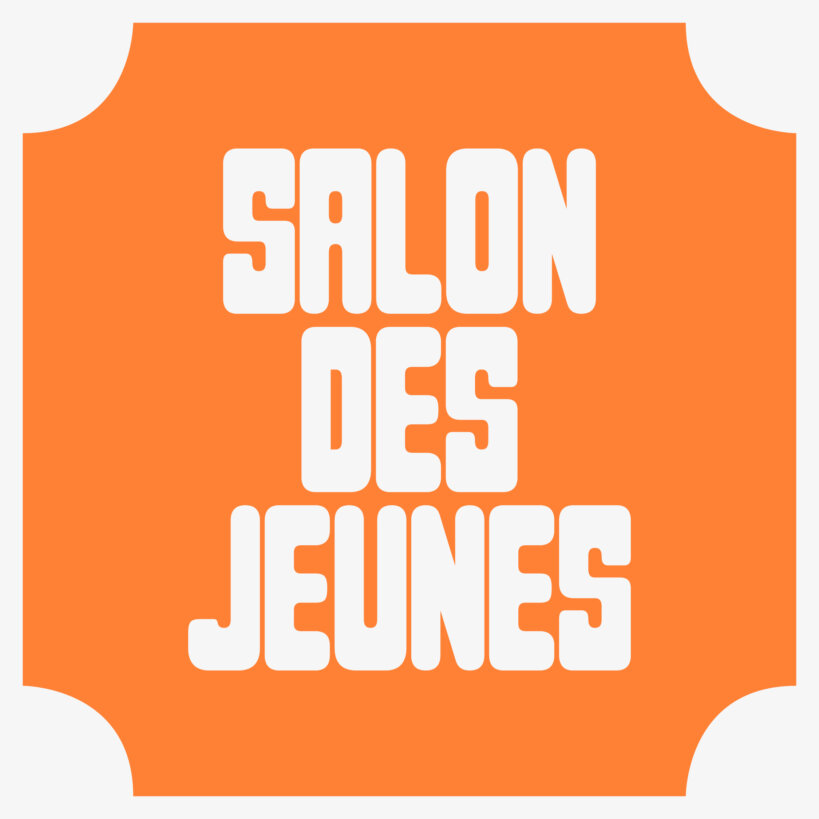During the 19th century, Ghent ‘Salons’ were an opportunity for artists to present their work. Held every three years, these were effectively a combination of exhibition, art competition and gallery space. This year the MSK’s youth crew, Schoonvolk, brings this tradition back to life with the ‘Salon des Jeunes’! The youth crew challenged talented young people to take inspiration from works in the MSK collection that were created by masters such as Ensor, Van Rysselberghe and Van Dyck when they themselves were young, still wet behind the ears and looking for answers.
Masterpieces revisited
Schoonvolk called on the young artists to get inspired by the following works from our collection:
James Ensor (aged 25): Skeleton Looking at Chinoiseries
Théo Van Rysselberghe (age 19): Armand Heins
Anthony van Dyck (21 years old): Jupiter and Antiope
Théodore Rousseau (15 years): A Quarry
George Minne (20 years): Mother Grieving over her Dead Child
Each artist has applied their own perspective to translate old works of art into the language of today, working in photography, collage, sculpture, graffiti and and more. As a result, ‘Salon des Jeunes’ establishes a strong creative link between young and old, small and large, past and present. Besides the exhibition of work by young artists, in the coming months Schoonvolk will also be presenting a range of activities and museum evenings that will blur the boundaries between old and new art forms. After receiving many enthusiastic submissions, Schoonvolk chose 24 artists whose work will be exhibited in the museum starting on 7 October.
Guided tours, art talks and more
The opening of 'Salon des Jeunes' also marks the start of an activity programme that runs until 15 January. Details will follow, so keep an eye on the website and our social media @schoonvolk_mskgent and @mskgent for news on the nocturnes, guided tours, art talks and more! In the coming months we will also focus on the 24 selected artists on our social media.
Salon des Jeunes: historical contexts
Parallel to the Salon des Jeunes, we have delved into the museum collection to find noteworthy works of 19th-century art that illustrate the younger years of the artists who created them, as well as their training and its influence on their later work. We show images of the studios in which they worked, while also zooming in on how they learned.
During their academic years aspiring artists mainly received instruction in drawing, with subjects including ‘life’ (in other words, the male nude) and ‘antique’ models, plaster casts of sculptures from antiquity and the Renaissance. Their drawings demonstrate just how closely instructors adhered to the rules of geometry and the canon of proportion that held sway in both of these periods. One fascinating aspect of artistic instruction was the use of animal skeletons and muscle models - human and animal cadavers that were skinned so as to expose muscular systems and the body’s range of movements. Training in the technical aspects of painting took place mainly in private ateliers. As an art form, painting gained precedence mainly thanks to the exhibitions held by the local academy in Ghent.
Finally, we focus on drawing as an everyday activity, even by established artists in their later careers. For painters, sculptors and graphic artists alike, drawing was akin to handwriting, an activity to which they devoted patience and time.
Works by Louis Léopold Boilly, Jacques-Louis David, James Ensor, Henri Evenepoel, Fernand Khnopff, George Minne, François-Joseph Navez, Jan Toorop, Charles Verlat, and many others.
Gallery E: the public at the heart of the museum
'Gallery E' is a brand new space for expression, emotion, education and experimentation. From now on, the gallery will host temporary presentations, discussions and workshops in which visitors or museum partners can make their voices heard. In this way, we literally place the public at the heart of the museum. Be sure to let us know how you experience the new gallery. What works, what doesn't, and what would you like to see or do here in the future?
